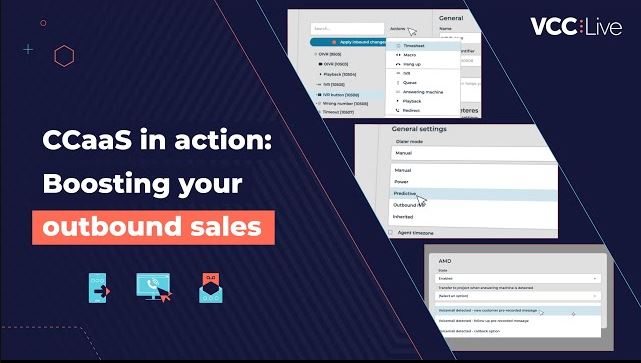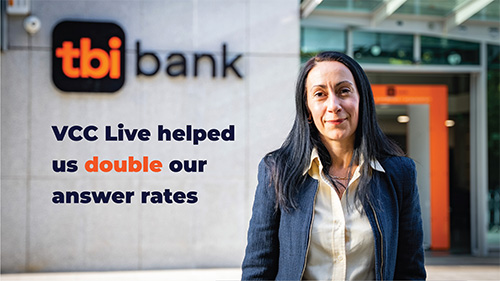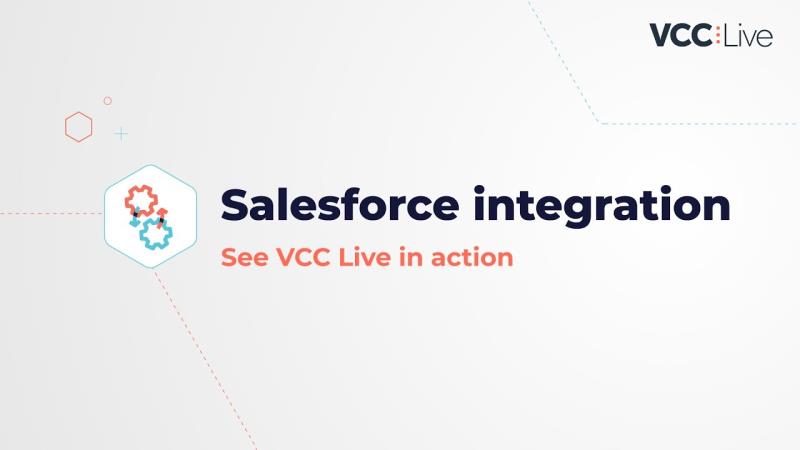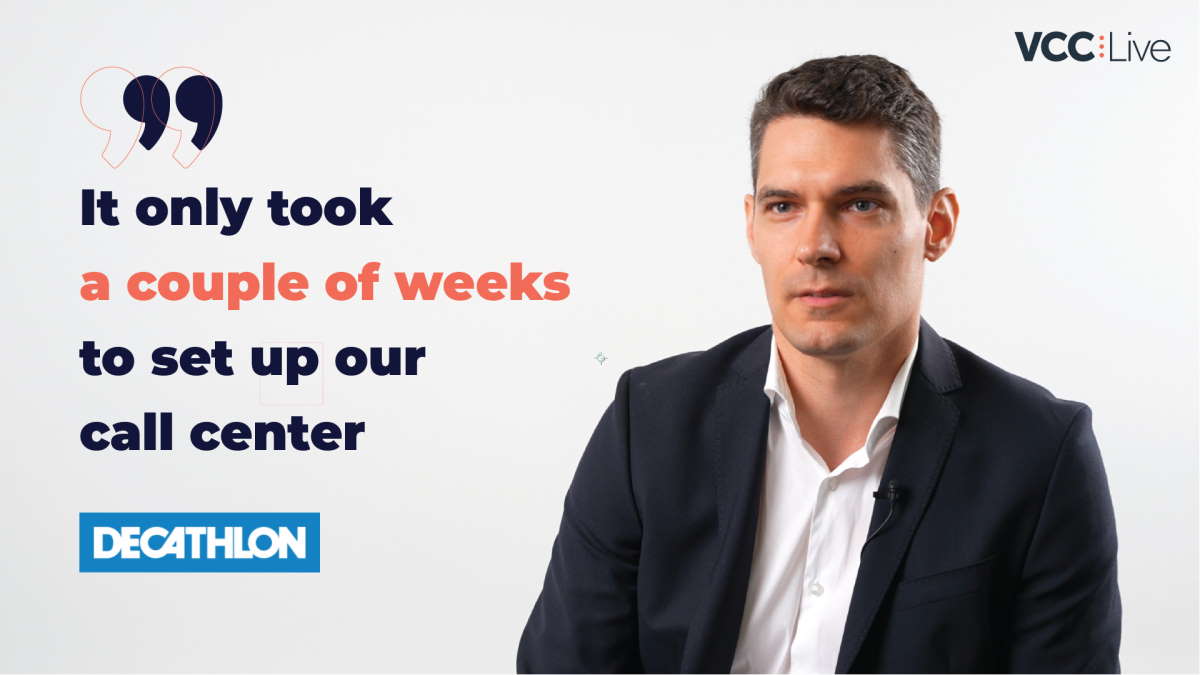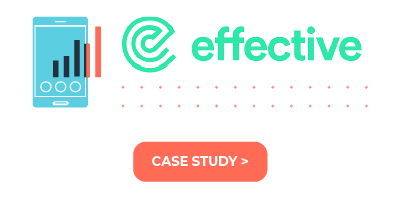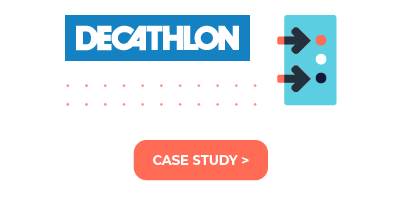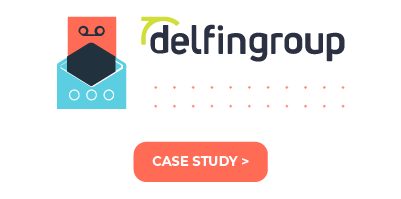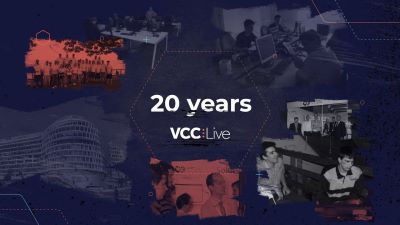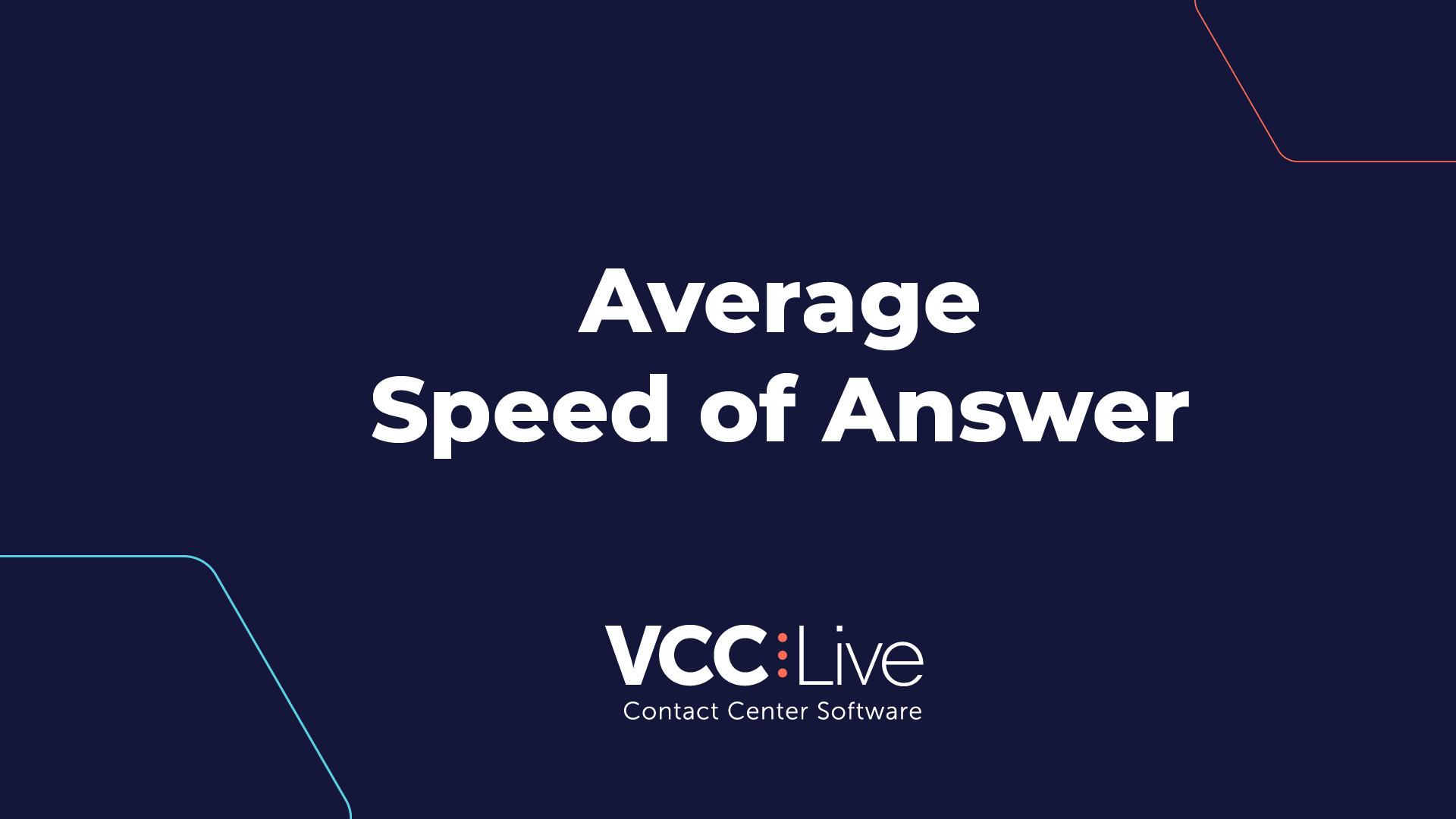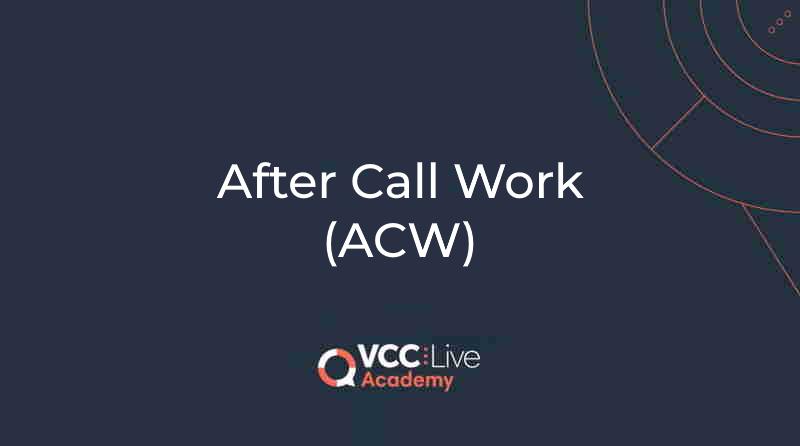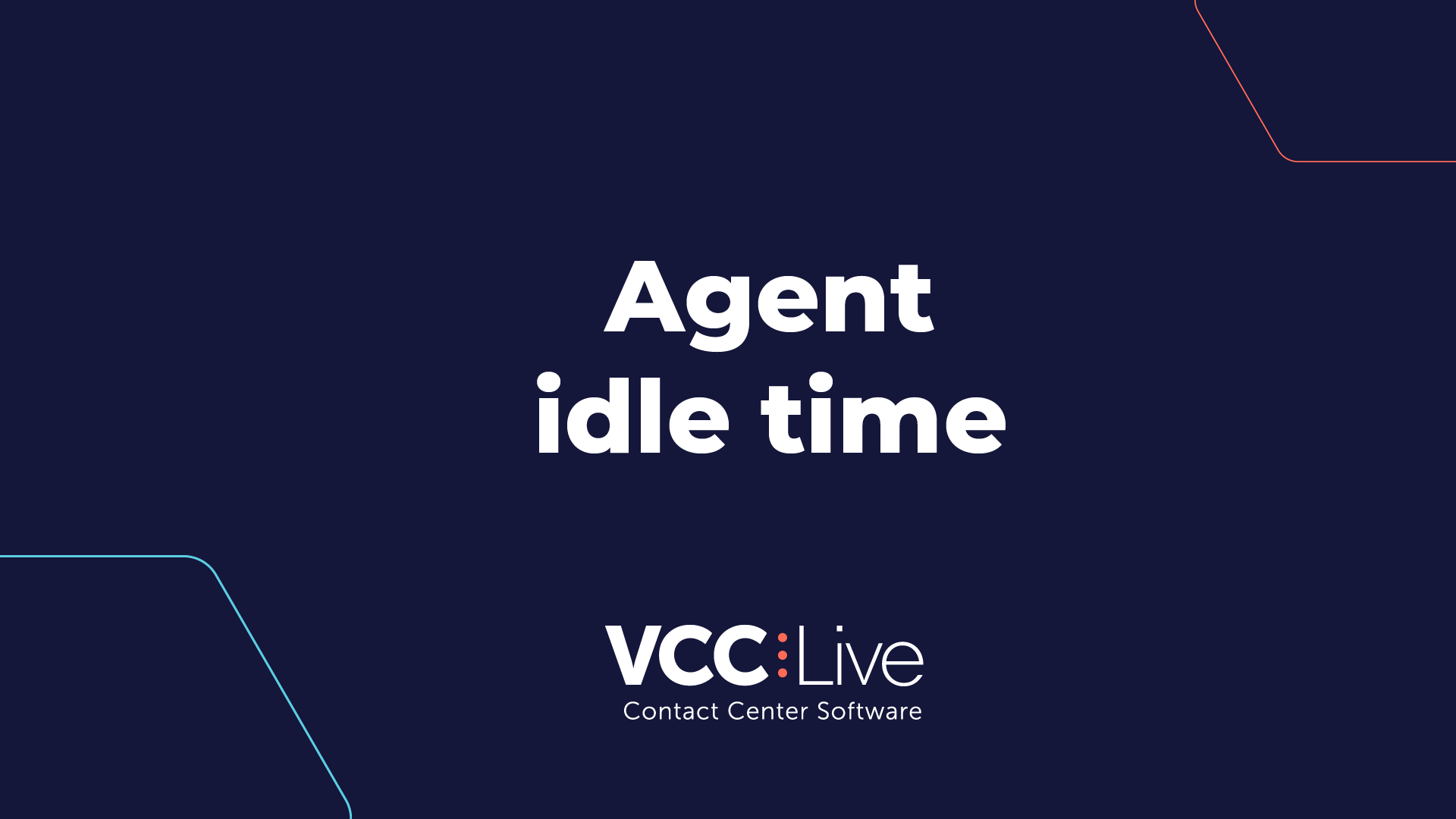Cost per call is a crucial KPI to keep costs low while maintaining efficiency in contact centers. Read on to learn more about it and to get actionable tips on how to improve this metric in your business.
Cost per call definition
Cost per call in contact centers refers to the total expense incurred by a company for each customer interaction handled by their call center agents. This cost typically includes various factors such as agent wages, overhead costs (like facility expenses and equipment), technology expenses (such as telephony systems), training costs, and any other associated operational costs divided by the number of calls handled. Calculating the cost per call helps businesses assess the financial efficiency of their contact center operations and make informed decisions about resource allocation and process improvement.
|
Cost per call formula
| Cost per call = |
Total costs associated with running the contact center |
|
| Total number of calls handled |
Total costs associated with running the contact center include all the expenses incurred in operating the contact center. These costs can be categorized into several key areas:
- Agent wages/salaries: The compensation paid to agents for handling calls. This may also include additional incentives or bonuses.
- Overhead costs: These are the fixed expenses related to maintaining the contact center infrastructure and facilities. Examples include rent or mortgage payments for the building, utilities (such as electricity, water, and heating/cooling), property taxes, insurance, maintenance, and repairs.
- Technology expenses: Costs associated with the technology infrastructure of the contact center, including telephony systems, call routing software, customer relationship management (CRM) systems, and other communication tools.
- Training costs: Expenses related to training and development programs for agents, including trainer salaries, training materials, and any external training resources.
- Other operational costs: Additional expenses incurred in the day-to-day operations of the contact center, such as administrative costs, marketing expenses (if applicable), and any other miscellaneous costs.
Total number of calls handled represents the total volume of inbound and outbound calls handled by the contact center during the specified time period. It’s important to count all calls, including answered calls, abandoned calls, transferred calls, and any other interactions that involve contact center agents.
The importance of measuring cost per call in your contact center
Financial efficiency
Understanding the cost per call allows businesses to assess the financial efficiency of their contact center operations. By comparing the cost per call to key performance indicators (KPIs) such as revenue generated per call or customer satisfaction scores, organizations can determine if the costs associated with handling calls are justified by the outcomes achieved.
Resource allocation
Calculating the cost per call helps businesses allocate resources effectively. By identifying the most expensive types of calls or processes within the contact center, organizations can prioritize investments in areas that offer the greatest return on investment (ROI) or focus on optimizing processes to reduce costs without sacrificing quality.
Budgeting and forecasting
Cost per call data provides valuable insights for budgeting and forecasting purposes. It helps organizations estimate future expenses related to contact center operations and make informed decisions about staffing levels, technology investments, and other resource allocations.
Benchmarking and comparison
Comparing the cost per call to industry benchmarks or competitors’ performance metrics can provide valuable context for evaluating contact center performance. It allows organizations to identify areas where they may be lagging behind or excelling compared to peers and take appropriate actions to remain competitive.
Overall, measuring the cost per call in a contact center is essential for optimizing operations, controlling costs, and ensuring that resources are allocated effectively to deliver high-quality customer service while maximizing financial performance.
Improving cost per call – An example scenario
Let’s consider an e-commerce company that operates a contact center to handle customer inquiries, order support, and product assistance. At the beginning of the analysis, they find that their cost per call is $8.50. However, over the past few months, they notice that this metric has been steadily increasing, reaching $9.75 per call.
- Identifying the problem: Upon reviewing their data, the company finds that the primary drivers of the increasing cost per call are longer average handling times (AHT) and higher rates of transferred calls. They also identify areas where agents may require additional training or support to handle certain types of inquiries more efficiently.
- Implementing training programs: The business decides to implement targeted training programs for agents to improve their skills and knowledge in handling customer inquiries more efficiently. This training focuses on effective communication techniques, problem-solving strategies, and product knowledge to reduce AHT and minimize the need for call transfers.
- Optimizing call routing: The company evaluates their call routing system to ensure that calls are directed to the most appropriate agents based on their skills and expertise. By optimizing call routing rules, they aim to reduce the number of transferred calls and improve first-call resolution rates, thereby decreasing AHT and lowering overall costs.
- Streamlining processes: Management reviews their existing processes and identifies opportunities to streamline workflows and eliminate unnecessary steps in handling customer inquiries. They automate repetitive tasks wherever possible and implement self-service options to empower customers to find solutions to common issues without the need for agent assistance, thereby reducing AHT and lowering costs.
- Monitoring and evaluation: Throughout the implementation of these actionable steps, the company closely monitors key performance metrics, including AHT, call transfer rates, and cost per call. They track progress over time and regularly assess the impact of their initiatives on reducing costs and improving overall contact center efficiency.
- Continuous improvement: the company fosters a culture of continuous improvement within their contact center, encouraging agents to provide feedback on process improvements and actively seeking out new opportunities to optimize operations and further reduce costs.
After implementing these actionable steps, the business successfully improves their cost per call from $9.75 to $7.50, resulting in more efficient contact center operations, reduced expenses, and ultimately, improved customer satisfaction and loyalty.
Reasons behind unsatisfactory cost per call rates
Long Average Handling Time (AHT):
If agents take too long to resolve customer inquiries, it can increase the cost per call. This might be due to inadequate training, complex issues, or inefficient processes.
Frequent call transfers:
High rates of call transfers indicate that the initial agent was unable to resolve the issue, leading to additional time and resources being spent on transferring the call to another agent or department.
Low First Call Resolution (FCR) rates:
When customers need to call multiple times to resolve their issues, it drives up costs. Low FCR rates indicate inefficiencies in handling customer inquiries on the first attempt.
Underutilized technology:
If contact center technology is not optimized or integrated effectively, it can lead to inefficiencies and higher costs. This includes outdated systems, lack of automation, or failure to leverage self-service options.
Ineffective call routing:
Poorly configured call routing systems may result in calls being directed to the wrong agents or departments, leading to longer handling times and increased costs.
High agent attrition rates:
Constant turnover among contact center agents can result in increased training costs and decreased productivity, ultimately driving up the cost per call.
Inefficient processes:
Complex or redundant processes within the contact center can slow down operations and increase handling times, leading to higher costs per call.
External factors:
External factors such as seasonality, spikes in call volume, or changes in customer behavior can also impact the cost per call. Failure to anticipate and adapt to these factors can lead to increased costs.
|
Is cost per call a high priority KPI for your business?
Contact centers across various industries can benefit from considering cost per call as a key performance metric. However, the level of priority placed on this metric may vary depending on factors such as the organization’s business model, industry, customer base, and strategic objectives. Here’s a breakdown of which contact centers may prioritize cost per call more and which may put less focus on it:
Contact centers that should prioritize cost per call
- Retail and e-commerce: Contact centers in the retail and e-commerce sectors often handle a high volume of customer inquiries related to orders, product information, and returns. These contact centers typically have tight margins and intense competition, making cost management crucial. Prioritizing cost per call can help optimize resources and improve profitability.
- Utilities and telecom: Contact centers in industries such as utilities and telecommunications deal with complex billing inquiries, service activations, and technical support issues. Cost per call is important in these sectors to manage operational expenses effectively while providing high-quality customer service.
- Financial services: Contact centers in the financial services industry, including banking, insurance, and investment firms, handle sensitive customer inquiries related to accounts, transactions, and financial products. Prioritizing cost per call helps these organizations balance the need for personalized service with cost containment objectives.
- Healthcare: Healthcare contact centers, including those operated by hospitals, clinics, and insurance providers, often manage appointment scheduling, medical inquiries, and insurance claims. Given the regulatory environment and focus on cost containment in healthcare, measuring cost per call is essential for optimizing resources while maintaining compliance and quality of care.
Contact centers that may put less focus on cost per call
- Luxury brands: Contact centers representing luxury brands may prioritize delivering exceptional customer experiences over cost containment. These organizations may be willing to invest more in personalized service and premium support, even if it results in a higher cost per call.
- Tech companies: Contact centers for technology companies, especially those offering complex products or services, may prioritize customer satisfaction and problem resolution speed over strict cost considerations. These organizations may invest in advanced support channels and technical expertise to enhance the customer experience.
- Subscription-based services: Contact centers for subscription-based services, such as streaming platforms or subscription boxes, may focus more on reducing customer churn and increasing lifetime value than on minimizing the cost per call. These organizations may prioritize proactive customer engagement and personalized interactions to retain subscribers.
- Government and public sector: Contact centers operated by government agencies or public sector organizations may prioritize service accessibility and responsiveness over cost efficiency. While cost containment is still important, these organizations may place greater emphasis on meeting regulatory requirements and serving diverse constituencies.
Overall, while cost per call is a valuable metric for many contact centers, the level of priority placed on it depends on the organization’s strategic objectives, industry dynamics, and customer service priorities.
